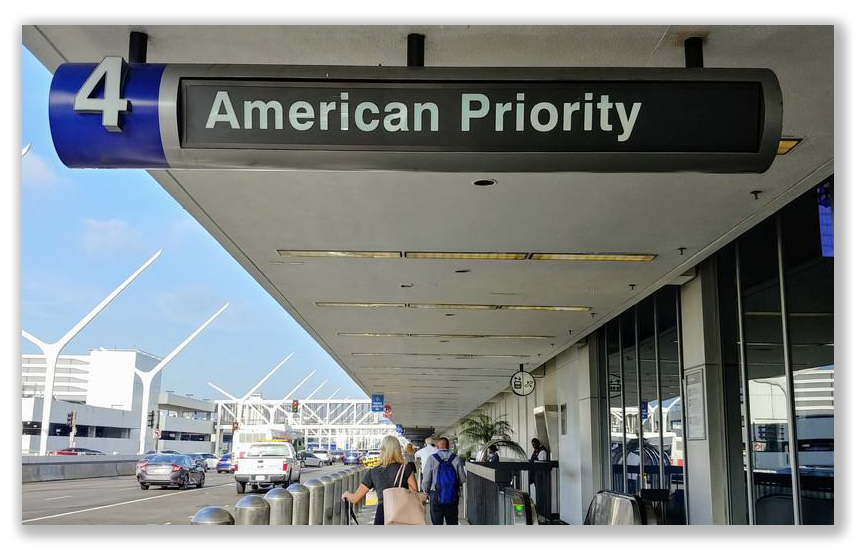We post news and comment on federal criminal justice issues, focused primarily on trial and post-conviction matters, legislative initiatives, and sentencing issues.

HOME CONFINEMENT RE-EXPLAINED YET AGAIN
 Everyone thought that Attorney General William Barr was pretty clear in his March 26 and April 3 memos directing the BOP’s standards for emergency home confinement under The CARES Act. But, as I reported last week, the BOP moved the cheese, deciding that in addition to the AG’s standards, it should add the requirement that an inmate have served half of his or her sentence to be eligible for immediate home confinement placement.
Everyone thought that Attorney General William Barr was pretty clear in his March 26 and April 3 memos directing the BOP’s standards for emergency home confinement under The CARES Act. But, as I reported last week, the BOP moved the cheese, deciding that in addition to the AG’s standards, it should add the requirement that an inmate have served half of his or her sentence to be eligible for immediate home confinement placement.
By the way, everything indicates that by 50%, the BOP means one-half of the ENTIRE sentence, not just half of the 85% that nine out of ten inmates actually serve.
After a thundering herd of inmates already in quarantine were told to move back because they were not going home after all, the Dept of Justice muddied the waters last Wednesday even more, saying there was no 50% requirement at all.
The ink on that Wall Street Journal story wasn’t dry before a U.S. Attorney filed a letter in a New York in case admitting that yes, maybe there is a 50% requirement after all.
Without fanfare (which is how the BOP likes to do things, often making the agency its own worst enemy), the BOP issued an internal memorandum last Wednesday, directing that in deciding an inmate’s eligibility for CARES Act home confinement, some things are deal-breakers and some are only “sort of” deal-breakers.
 For example the PATTERN score above a minimum does not exactly disqualify someone, but an inmate with a higher PATTERN score will not receive “priority treatment.” Conveniently, “priority treatment” – which sound more like an airline upgrade than an objective standard for prisoner placement – is nowhere defined. This leaves the BOP staff to read the tea leaves, and to simply deny CARES Act home confinement placement to anyone not entitled to “priority.”
For example the PATTERN score above a minimum does not exactly disqualify someone, but an inmate with a higher PATTERN score will not receive “priority treatment.” Conveniently, “priority treatment” – which sound more like an airline upgrade than an objective standard for prisoner placement – is nowhere defined. This leaves the BOP staff to read the tea leaves, and to simply deny CARES Act home confinement placement to anyone not entitled to “priority.”
On the issue of the 50%-of-sentence standard, the memo says
In addition, and in order to prioritize its limited resources, BOP has generally prioritized for home confinement those inmates who served a certain portion of their sentences, or who only have a relatively short amount of time remaining on those sentences. While these priority factors are subject to deviation in the BOP’s discretion in certain circumstances and are subject to revision as the situation progresses, at this time, the BOP is prioritizing for consideration those inmates who either have served 50% or more of their sentences, or have 18 months or less remaining on their sentences and have served 25% or more of their sentences.
Nothing is anathema to a bureaucrat like being told that he or she should exercise “discretion,” when the result of not exercising discretion is guaranteed to avoid criticism from above. Like Jim Boren said, “when in doubt, mumble.”
Politico noted that “the new standard opens the door to such releases for prisoners who have served at least 25% of their sentences and who have less than 18 months remaining on their term… Inmate advocates said the effect of the change would be modest, permitting the release of about 200 additional prisoners serving relatively short federal sentences.”
The BOP’s moving-target home confinement standards have ill served both the Bureau and the Department of Justice (with exactly which agency is the primary culprit remaining unclear). The Washington Post reported that “the early release of about 200 federal inmates to home confinement amid the coronavirus pandemic abruptly stalled earlier this week as the Bureau of Prisons and the Justice Department issued shifting, contradictory guidelines, interviews and documents show.”
 Seeming especially heartless – as only a bureaucrat can be – a number of inmates who had been told they were going home (and whose families were in some cases on the way to the prisons to retrieve them) were removed from prerelease quarantine were returned to cells. The Post said Friday that DOJ is saying that “the inmates will indeed be released, though others like them might face a harder time going forward,” although as of Tuesday morning, there is no indication that this is the case.
Seeming especially heartless – as only a bureaucrat can be – a number of inmates who had been told they were going home (and whose families were in some cases on the way to the prisons to retrieve them) were removed from prerelease quarantine were returned to cells. The Post said Friday that DOJ is saying that “the inmates will indeed be released, though others like them might face a harder time going forward,” although as of Tuesday morning, there is no indication that this is the case.
Even the judiciary is getting exasperated. U.S. District Judge Ronnie Abrams, seemingly frustrated with DOJ’s “ever-changing guidelines” to the BOP, last Friday ordered the immediate release of an inmate who had a high risk of contracting COVID-19 from FCI Danbury, which had yet to transfer her to home confinement as promised.
Law360 reported that Judge Abrams said the DOJ’s shifting guidance to the BOP regarding home confinement and compassionate release has eroded her confidence that inmate Haena Park would be released on April 30 as scheduled.
Politico, Feds again shift guidance on prisoner releases due to coronavirus (April 23, 2020)
BOP, Home Confinement (April 22, 2020)
Law360.com, Fraudster Freed As Judge Slams ‘Ever-Changing’ DOJ Advice (April 27, 2020)
Washington Post, Amid coronavirus pandemic, federal inmates get mixed signals about home-confinement releases (April 24, 2020)
– Thomas L. Root

